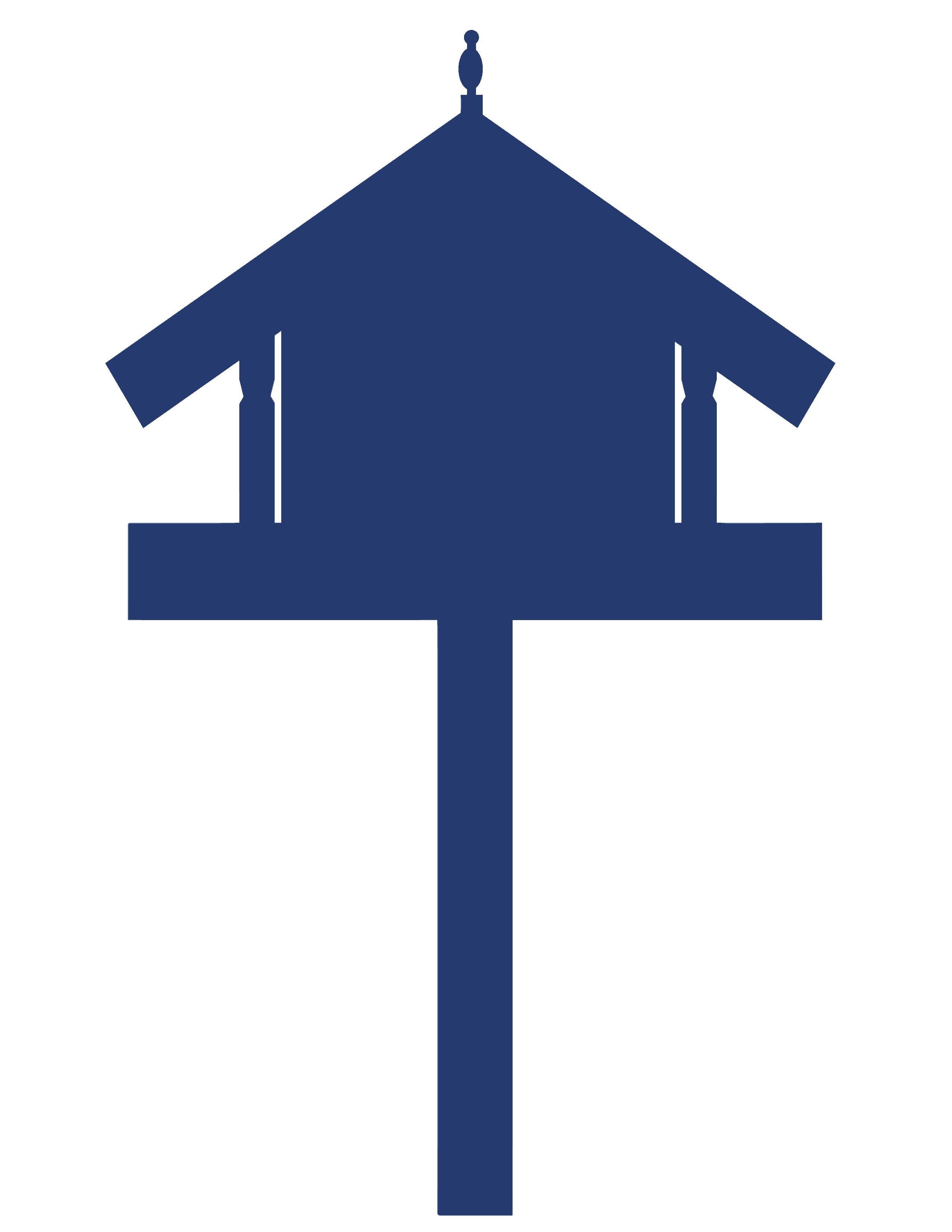Junior shopping activities
The purpose of this resource is to provide suggestions to whānau about how they can facilitate maths conversations while shopping.

About this resource
This section provides some ideas for how you can raise awareness and share mathematics using everyday experiences and resources found around your home. It includes ideas for supporting your children’s learning in all areas of mathematics: geometry, measurement, statistics, algebra, and number.
This page provides suggestions as to how mathematics conversations can be facilitated at home when shopping.
Junior shopping activities
For young children who are learning to count and learning to recognise and name numbers, the supermarket is a great place to practice.
- Can you get us 5 oranges?
- We need 2 cans of beans.
- How many juice boxes are in that packet?
- What number is this aisle?
- Can you find a five on this packet?

Money: Even before children learn about decimals, they learn that the left side of the point means dollars and the right side means cents. Draw their attention to prices.
- This small packet of biscuits is two dollars fifty. But this big one is three dollars. Which one should we get?
Measurement: The fruit and vegetable section usually has weighing scales, and some allow you to print your own price labels as well. This is an opportunity to explore kilograms and grams.
- Which one weighed more: the bunch of bananas or the 5 oranges?
- How much does a watermelon weigh?
- Look at the potatoes. Lift up this bag. It's 10 kg. This one is 5 kg. You weigh the same as 3 bags of potatoes!
Shape: Grocery packaging uses many different shapes and practicing this vocabulary will help your child learn to describe shape.
- Lots of things come in cans. What is this shape called?
- A cylinder has round sides and flat ends. What kinds of things get put in cylinders?
- Lots of things come in boxes. How many sides does a cereal box have?
- Another name for a box is a cuboid.
- What kind of fruits are spheres?

Solving problems:
- If we get 5 apples and 5 oranges and 5 bananas, how many pieces of fruit will we have altogether?
- Can you count in 5s for me?
- Will that be enough for the week for everyone in our family?
The quality of the images on this page may vary depending on the device you are using.


